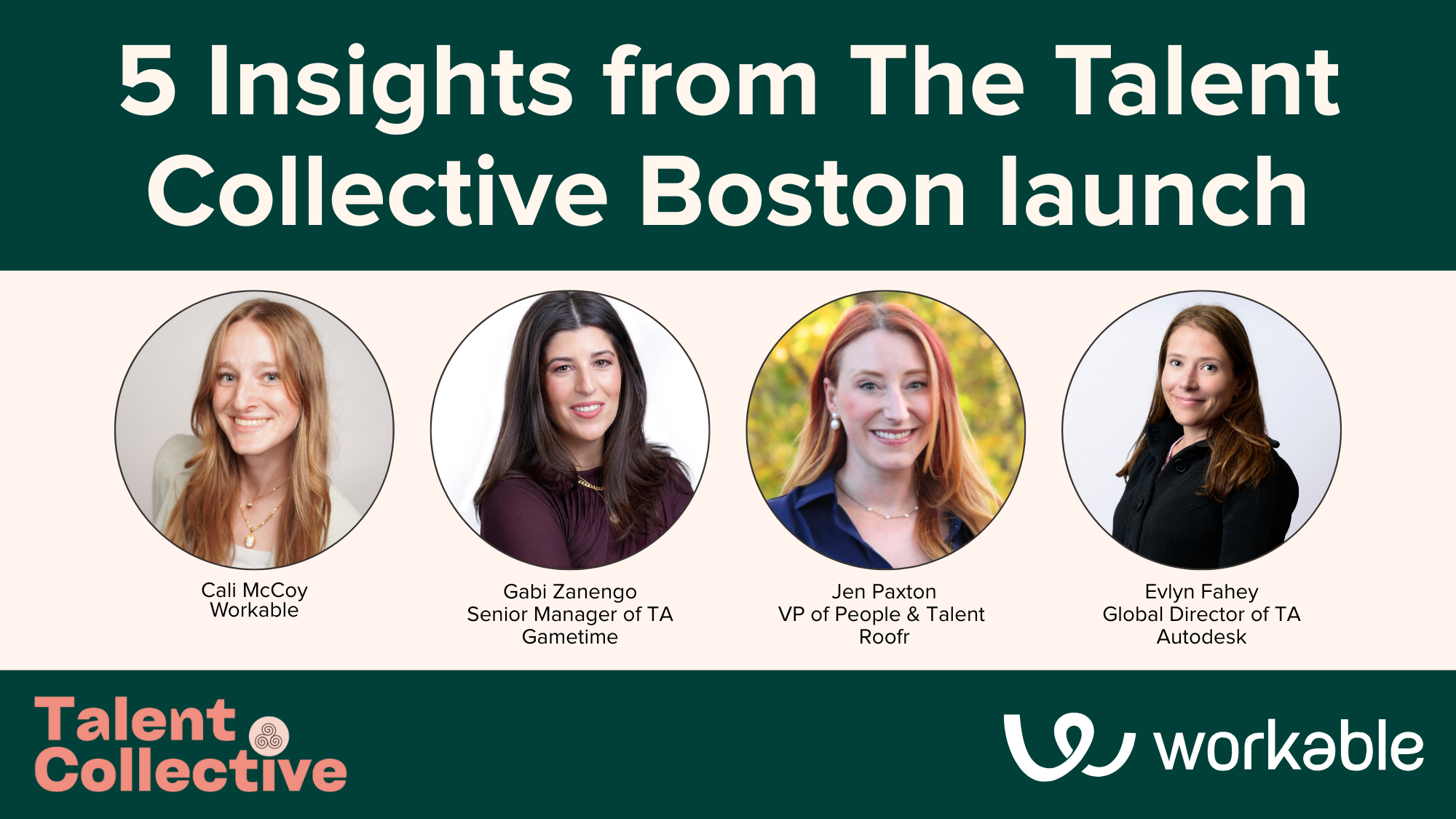Unlocking the value of a positive hiring journey
Recruiters are highly familiar with the candidate experience and the importance it holds in the recruitment process. Among the numerous duties and responsibilities that recruiters need to prioritize, candidate experience is one of our main focuses.

How important is the candidate experience and what short or even long-term effects does it have on a company? Let’s dig further into this.
The candidate experience consists of two components: perception (perceived experience) and interaction (the “actual” experience). These two components are on behalf of the job seeker and it is up to the company to shape what that will be like for the candidate – or rather, how they will experience it.
It begins from the very beginning once the candidate applies up to the very end of their journey as a hopeful employee.
Contents
Good candidate experience elements
A good candidate experience has many elements to it, but must include:
1. An easy application process
Beyond perception and interaction, the candidate experience involves further internal components built by the organization that plays into the candidate’s journey.
First, you want the application process to be user-friendly and allow a candidate to apply with ease.
That’s seen in the application process using Workable, where our platform allows job seekers to apply within seconds.
2. Clear and swift communication channels
Following this is communication. One of the most important parts of recruitment is to have stellar communication with great response times. You want communication to be clear, transparent and timely all throughout the hiring process.
Candidates appreciate updates regarding their application and where they are in the hiring process, even as little as feedback can go a very long way.
3. Delivery of feedback
Feedback is also part of these components here. Feedback is often asked by candidates as they have faced several rejections elsewhere, have devoted time and effort into the hiring process, and are always seeking to improve their candidacy.
Constructive feedback delivered in a timely manner is crucial for the candidate and in turn maintains a positive impression of the organization.
4. A strong, positive first impression
We all know first impressions always matter – especially on behalf of the recruiter who is that first introduction to what the culture is like and gives the first impression of a company.
Professionalism, asking relevant questions, and overall building a relationship with the candidate is important.
You aim to leave a lasting impression, and a great screening call can make the candidate consider your company in the near future, regardless of the outcome.
First impressions also matter when it comes to your employer branding, another ingredient to the candidate experience.
You need great employer branding to attract talent in the first place and with a strong image of your company, this can attract that talent while it is up to the recruiter and hiring team to continue that strong image when they meet those candidates.
5. Ease of tech and tools
Lastly, efficient technology and tools. Luckily, we have a stellar applicant tracking system in Workable, which can provide that user-friendly experience I mentioned earlier.
A strong tool like this can enhance the candidate experience as they go through the hiring process.
What’s in a bad candidate experience?
Now that we’ve nailed down what the candidate experience is and what ingredients make up of it, let’s discuss the difference between negative and positive experiences that job seekers may go through and what you want to avoid.
Imagine you wanted to create a horrible experience for your job applicants. You would:
1. Ensure a time-consuming application process
Firstly, you want to avoid a lengthy application process, this can cause frustration for the candidate.
You want to avoid a lengthy process that could potentially make the job seeker give up mid application, or just gain a negative perception about the company that they have to jump through many hoops just to even have the chance to speak to a recruiter or hiring manager.
2. Communicate poorly
Secondly, having bad communication overall. Under this umbrella falls:
- providing no constructive feedback
- delivering inadequate information about your organization
- misalignment with job descriptions
- unwelcoming interactions in communications and even in the onboarding process if there are any delays or confusion
This can all turn off a candidate.
3. Talk the talk, but not walk the walk
Thirdly, the positivity you promote from within must be presented on the outside. Having negative reviews online about your company can really deter prospective candidates from applying to your company and damage your employer brand.
Be consistent, communicative, and clear
A great experience on the other hand, follows what I mentioned above where you want transparent communication that is consistent along with a great hiring process and efficient tool that helps you perform this. These measures are crucial and can make a lasting impact for job seekers.
So what is the goal here? You want to always make candidate experience one of your top priorities and look into enhancing the above. Even if you think you have a perfect process, there is always room for improvement. Remember that impressions matter and it is all on you on how you want to deliver that impression.
Frequently asked questions
- What constitutes a positive candidate experience?
- A positive experience includes an easy application process, clear and swift communication, timely feedback, a strong first impression, and efficient use of technology.
- Why is the application process important in candidate experience?
- An easy and user-friendly application process sets a welcoming tone and reduces frustration, encouraging more candidates to apply and maintain a positive view of the company.
- How does communication affect the candidate experience?
- Clear, transparent, and timely communication throughout the hiring process keeps candidates informed, respected, and engaged, significantly enhancing their overall experience.
- What role does feedback play in the hiring journey?
- Constructive feedback helps candidates understand their status and areas for improvement, fostering a respectful and growth-oriented relationship between them and the company.
- Why are first impressions crucial in recruitment?
- First impressions by recruiters reflect the company's culture and professionalism, influencing the candidate's decision to continue their application and shaping their perception of the employer brand.



